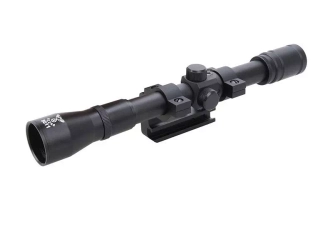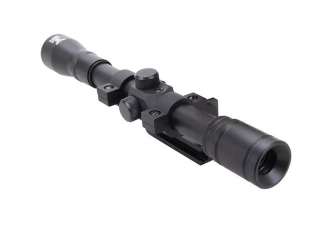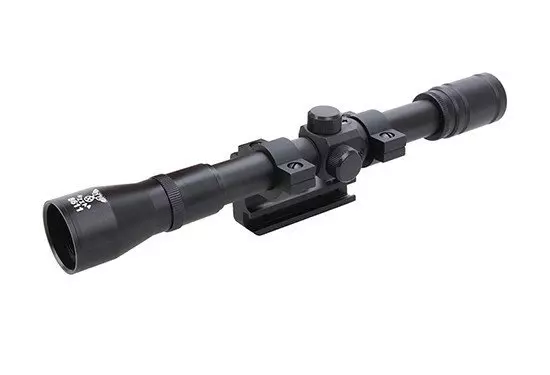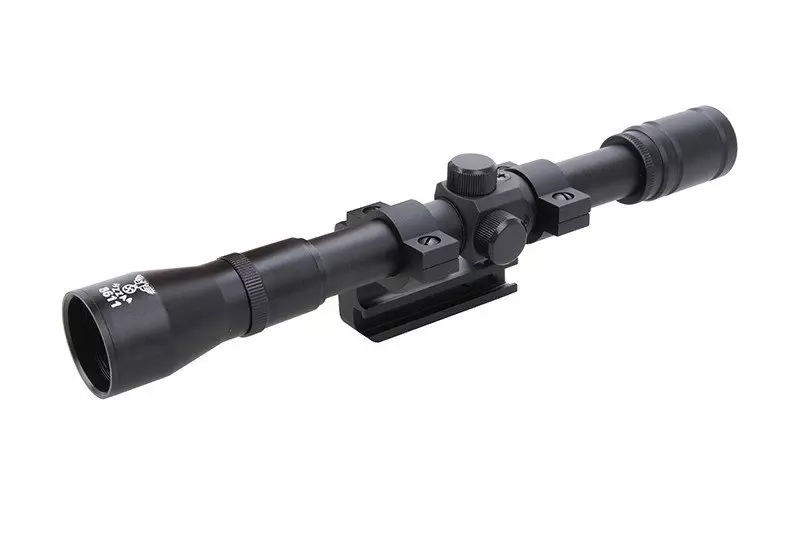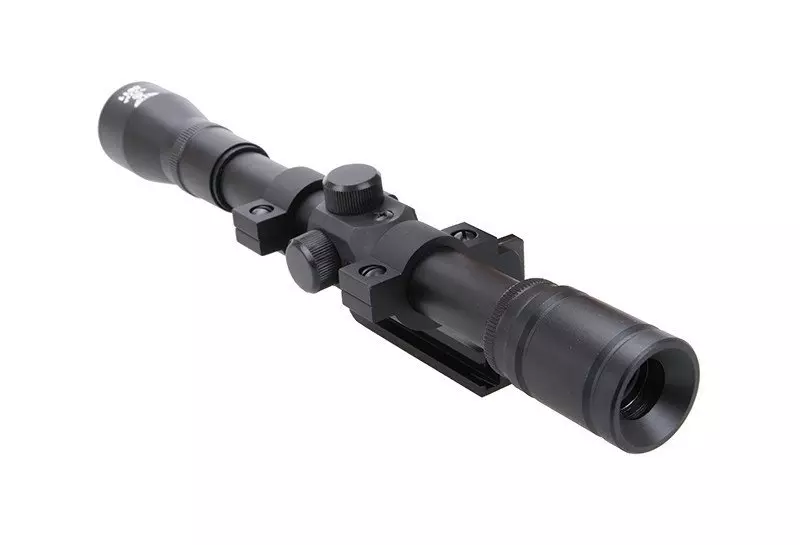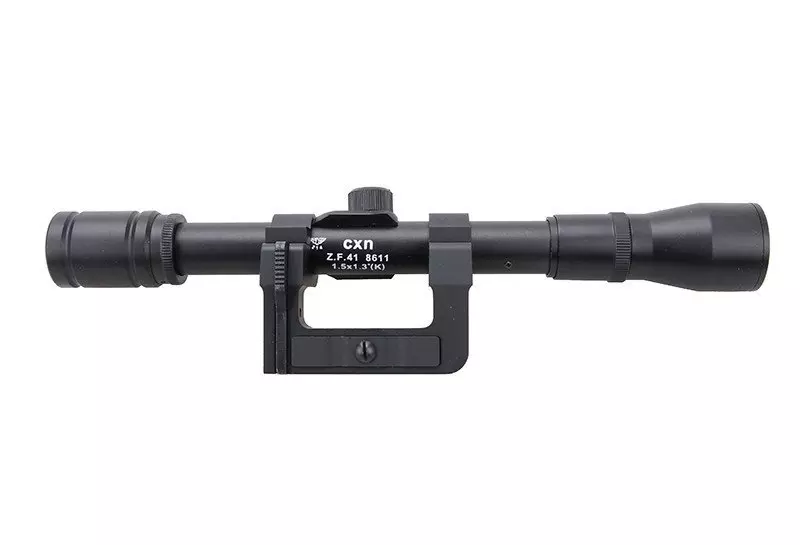- Magnification: 1.5 x
- Lens' diameter 20 mm
- Aiming reticle's type: Airming reticle number 1
- Weight: 340 g
- Manufacturer: G&G
The product does not constitute ballistic protection and has no other protective properties. It is not intended for use in protective purposes, including during tactical/war/ASG games.
The use of the product for ballistic protection and/or for other protective purposes, including the use during tactical/war/ASG games, is the use of the product contrary to its intended use, in which case the buyer does so solely at his own risk.
The vendor is not liable for damage to the product, that might result from the use of the product contrary to its intended purpose, this also applies to all possible health consequences (bodily harm) for the user (buyer) or damage to property. Moreover, a misuse of the product will void the warranty on the product.
The vendor is liable to the buyer under the warranty for product defects (in the event of such defects) only if the buyer/user uses the product for its intended purpose, i.e. for purposes other than protective purposes, including the use during tactical/war/ASG games.
The lack of any protective properties of the product is a feature, not a product defect, and therefore it does not constitute a physical defect of the product within the meaning of the Polish Civil Code.
Optical sight replica for the G980 type replicas
The optical sight’s replica is designed for the G&G G980 replicas and was made of metal just like the original. It is a model based on the ZF41 scopes which were commonly used by the German army during World War II.
This historical construction’s replica uses one of the oldest aiming reticles – the so called aiming reticle number one which was at first used by sniper and then, after a while, adapted by hunters.
Max theoretical magnificationTheoretical magnification. It depends on the eyepiece used, and eyepieces are interchangeable, which gives the possibility of obtaining different magnifications. It can be calculated by dividing the focal length of the objective lens by the focal length of the eyepiece used. The magnification given is the maximum obtainable in the configuration in which the telescope is supplied; it does not take into account the additional magnification that may be obtained with a Barlow lens or image reverser. It does not take into account the limitations on magnification generated by the Earth's atmosphere and the objects within it.
Diameter [mm]
The diameter of the mirror or lens (aperture) - determines the resolving power of the equipment and the observational field of view. Larger instruments usually give greater observational capabilities, better image quality and more detail.

